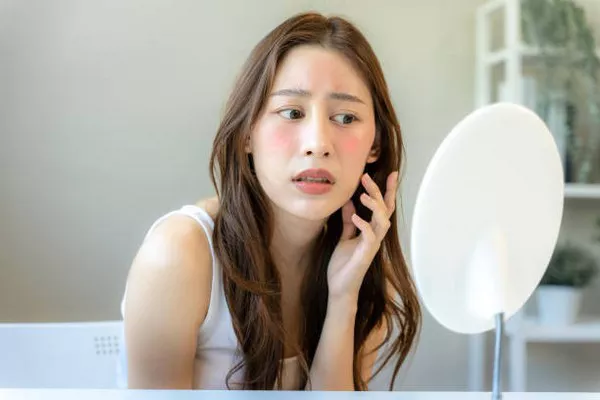For many individuals, hair dye is a transformative tool, allowing for self-expression and style experimentation. However, hidden beneath the allure of a new hair color, there lies a potential concern – allergic reactions. In this comprehensive exploration, we delve into the intricate world of hair dyes, unraveling the ingredients responsible for triggering allergic responses. Understanding these elements is pivotal for both consumers and industry professionals to make informed choices and ensure safe hair coloring experiences.
The Basics of Hair Dye Allergies:
Allergic reactions to hair dye can manifest as itching, redness, swelling, and, in severe cases, even anaphylaxis. The key players in these reactions are often certain chemicals present in hair dye formulations. As we embark on this journey of discovery, it’s essential to comprehend the types of hair dyes, the chemicals they contain, and how these ingredients interact with our skin and immune system.
Types of Hair Dyes:
1. Temporary Hair Dyes:
Temporary dyes, also known as wash-out or rinse dyes, coat the hair’s surface and don’t penetrate the hair shaft. These dyes are less likely to cause allergic reactions since they have minimal contact with the skin.
2. Semi-Permanent Hair Dyes:
These dyes partially penetrate the hair shaft and usually contain lower concentrations of potentially allergenic chemicals. While the risk of allergies is lower, it still exists, especially with prolonged exposure.
3. Demi-Permanent Hair Dyes:
Demi-permanent dyes penetrate the hair shaft more deeply, lasting longer than semi-permanent options. The increased penetration raises the likelihood of skin contact and allergic reactions.
4. Permanent Hair Dyes:
Permanent dyes are designed for long-lasting color changes. They contain a higher concentration of chemicals, making them more likely to cause allergic reactions. Understanding the components of these dyes is crucial for identifying potential allergens.
Common Allergens in Hair Dye:
1. Paraphenylenediamine (PPD):
PPD is a common allergen found in many permanent hair dyes. It is responsible for the vibrant and long-lasting color but is notorious for causing allergic reactions. Allergic responses to PPD can range from mild irritation to severe dermatitis.
2. Toluene-2,5-Diamine (PTD):
Similar to PPD, PTD is employed in hair dye formulations for its color-enhancing properties. Some individuals who react to PPD may also be sensitive to PTD, as these chemicals belong to the same aromatic amine family.
3. Ammonia:
Ammonia is often present in hair dyes to open the hair cuticle, allowing color to penetrate the shaft. While it’s not a common allergen, ammonia can contribute to skin irritation, especially in individuals with sensitive skin.
4. Resorcinol:
Resorcinol assists in color development and acts as a stabilizer in hair dye. Allergic reactions to resorcinol may include itching, redness, and swelling. It’s important to note that individuals sensitive to PPD might also react to resorcinol.
5. Hydrogen Peroxide:
Hydrogen peroxide is a developer used in oxidative hair dyes to initiate the color-forming process. While it’s generally less irritating than other chemicals, some individuals may experience mild skin reactions.
6. Fragrances and Additives:
Fragrances and additional additives, while enhancing the overall hair dye experience, can also be potential sources of irritation or allergy. Identifying specific fragrance components and additives is crucial for those with sensitivities.
Managing Allergic Reactions:
In cases of mild reactions, over-the-counter creams and ointments can offer relief. However, severe reactions necessitate medical attention, and affected individuals should seek immediate help. Prevention remains the best strategy, and this involves understanding personal sensitivities, conducting patch tests before full application, and opting for alternative dye formulations when allergies are identified.
See Also: Can a Hair Dye Allergy Go Away?
Conclusion:
As the allure of hair dye continues to captivate individuals seeking personal expression and style changes, understanding the intricacies of potential allergens becomes paramount. By decoding the chemistry behind hair dye formulations, consumers can make informed choices, minimizing the risk of allergic reactions. Industry professionals, likewise, play a crucial role in developing safer formulations and promoting allergy awareness within the realm of hair coloring. In this synthesis of science and style, the quest for vibrant hair color can coexist harmoniously with skin health and well-being.


